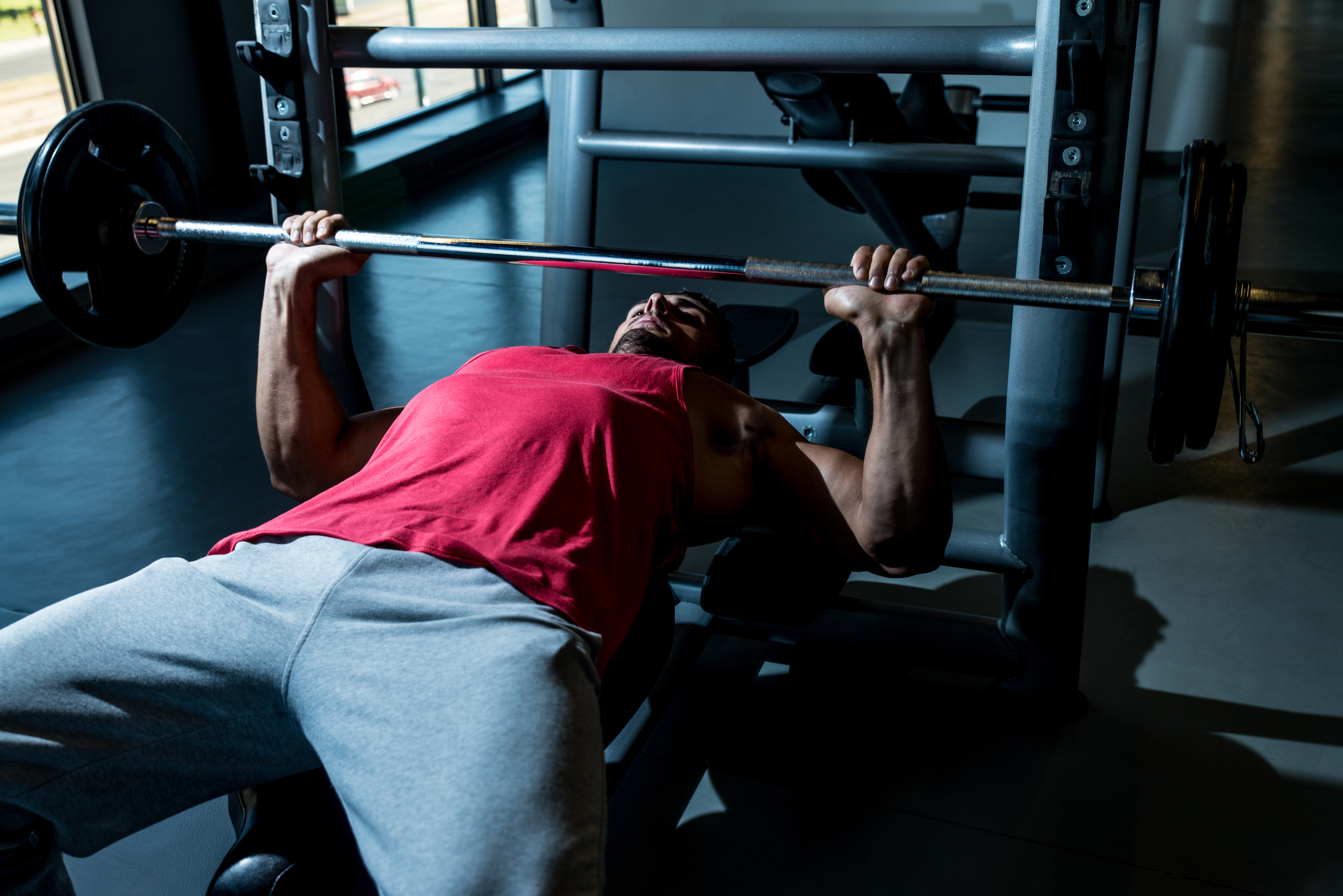Many people make a slight alteration to the way they bench press, but is this absolutely necessary?
We asked a top personal trainer to explain the thinking behind the close grip bench press, why it’s done, and the pros and cons of doing so.
Although you’ll see top powerlifters pushing for a PB with a very wide hand placement, many in the fitness industry advocate more of a close grip. YouTube sensation Athlean-X, for instance, is one of them.
The reasoning behind a close grip bench press
“However, it can be really aggressive on the shoulder and it is not suited to everyone for that exact reason.”
What are some of the pros and cons of the close grip bench press?
This lift offers a unique chance to overload the tricep muscles with a compound exercise, but it can still pose a serious injury risk if you don’t take due care and attention.
“You need to be careful with the range of motion that is used, which is dependent on the length of your upper arm against the length of the lower part of your arm. That is going to dictate the depth.
“Some people will try to go all the way down to the chest, which can play havoc with their shoulders. So, it is potentially not worth the risk for a lot of people – especially when exercises like the triceps skullcrushers can be far more effective.”
How do you figure out which hand placement to take on the bench press?
“With regards to hand placement, some people go far too narrow. The best hand placement on a close grip bench press is so your elbows just skim your ribs. So that means placing your hands about one foot apart.”
Which is better – standard or close grip bench press?
“When compared to a standard-grip bench press, the wider the hand placement, the more chest muscle it recruits and the less triceps it recruits.
“If you go slightly narrower with a 45-degree elbow style, you can recruit as much chest, shoulder and tricep as possible to develop strength. But the narrower you go with your hand placement, the more triceps and the less chest is recruited.”










































